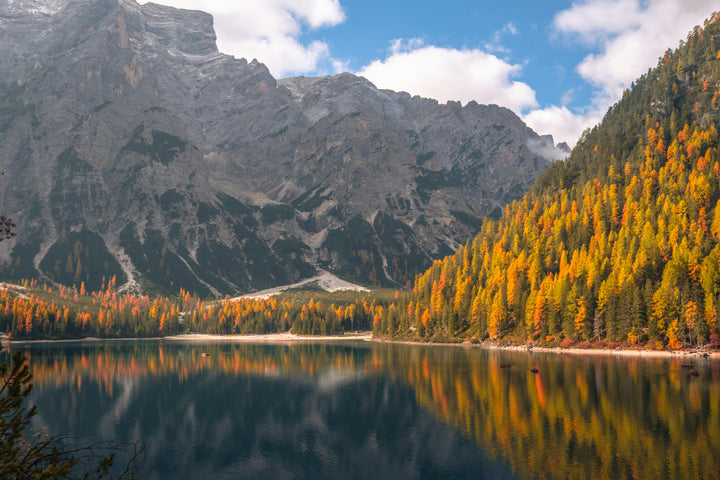
Blog Post 2: Fresh From the Lab — Fall Barrier Season
Blog Post 2: Fresh From the Lab — Fall Barrier Season Category: Fresh From the LabTag: Barrier Repair Why fall = barrier season Every ye...
Read more →

Category: Personalization Science
Tag: Climate + Skin
It’s not enough to know your skin type — oily, dry, combo. Your environment is one of the biggest variables in how your skin behaves. A client in Arizona desert air and another in Florida humidity may both check “dry” on a quiz, but I’d never give them the same formula.
When I build your Skin ID, I look at:
Humidity levels (dry vs humid)
Temperature swings (cold vs hot)
Sun exposure (UV index matters for antioxidant load)
Urban vs rural pollutants (city air = more oxidative stress)
Your environment changes how actives behave. A humectant-rich serum might shine in humid Miami but feel tight in Denver.
Cold + dry: I double up on glycerin + hyaluronic acid blends, and always sneak in ceramides.
Hot + humid: I keep hydration light, add niacinamide for oil balance, and lean on green tea extract for calming.
High UV: I’ll often recommend antioxidant boosters — vitamin C, ferulic acid, or EGCG — to work with your sunscreen.
Generic products assume your skin lives in a climate-controlled bubble. Personalized skincare acknowledges reality: your barrier is fighting weather, air, and lifestyle every single day.
Next time your skin suddenly feels “different,” don’t just blame the product — look outside. Has the weather changed? Did you turn the heat on? That’s your environment rewriting your Skin ID.
Closing thought:
Your skin is alive, reactive, and smart. My job in the lab is to make sure your formulas are just as adaptive.